Peripheral Arterial Disease (PAD) is a common circulatory problem. The arteries that carry blood to your head, organs, and limbs become narrowed by the buildup of arterial plaque (atherosclerosis), reducing blood flow.
PAD (sometimes referred to as “hardening of the arteries“) is a serious disease. It can cause pain and open sores that don’t heal. Left untreated, these sores can become so infected that they lead to amputation. PAD also significantly increases your risk of stroke and heart attack.
How PAD is treated
Treatment of PAD aims to manage symptoms and to stop the progression of atherosclerosis. In many cases, these goals can be accomplished by lifestyle changes such as regular exercise, weight loss, and smoking cessation. Also, drugs can be prescribed to reduce cholesterol and blood pressure levels, control blood sugar, prevent blood clots, and relieve symptoms.
In more serious cases, non-surgical methods are appropriate. We specialize in these treatments at CiC. They can physically remove the buildup of plaque, widen the affected arteries, and improve blood flow.
What you need to know about living with PAD if you have it
If you have been diagnosed with PAD, there are things you need to be aware of. Because PAD decreases blood flow to your legs, feet, and toes, these body parts must be protected by following a number of guidelines:
- Most important, don’t skip scheduled appointments with your doctor. They have been scheduled for a reason – to make sure that the disease is under control and not becoming worse or causing other problems.
- Exercise, exercise, exercise.Yes, we know this sounds counter-intuitive. Your poor circulation may have made exercise difficult or painful. So start with walks around your neighborhood. Remember to sit and take breaks if you get tired or your legs begin to bother you. Then get up and continue on, aiming at a goal of 30 minutes of light exercise a day. Yoga and stretching exercises can help as well.
- Pay attention to your feet and legs. Be on the watch for leg numbness. Check your feet and toes daily for sores, cracked skin, or anything that doesn’t look right. Sores may start small, but the PAD keeps them from healing, and they can get worse very quickly.
- Try to stay warm. If the weather is cold out, consider finding indoor spaces to take your daily walks. Remember to wear warm socks and comfortable shoes whenever you go out.
- If you smoke, STOP. Did we make that clear? If we didn’t, here it is again: STOP SMOKING. It’s one of the most common causes of PAD. Every cigarette you smoke makes the disease worse. If you’re having trouble quitting, ask your doctor for support groups or medications that can help.
- Eat a balanced diet. Eat lots of “heart healthy” foods such as fruits, vegetables, whole grains, fish, and lean meats. Cut back on salt, sugar, alcohol, and saturated fats.
And finally, if at any point your symptoms get worse, don’t be afraid to seek the help of a cardiologist near you who specializes in PAD. Especially one who treats it with more permanent techniques such as atherectomy.
That’s one of our specialties at Comprehensive Interventional Care Centers. We have CIC locations in Arizona, New Mexico, Oregon, and Utah, so give us a call if we can be of help.
